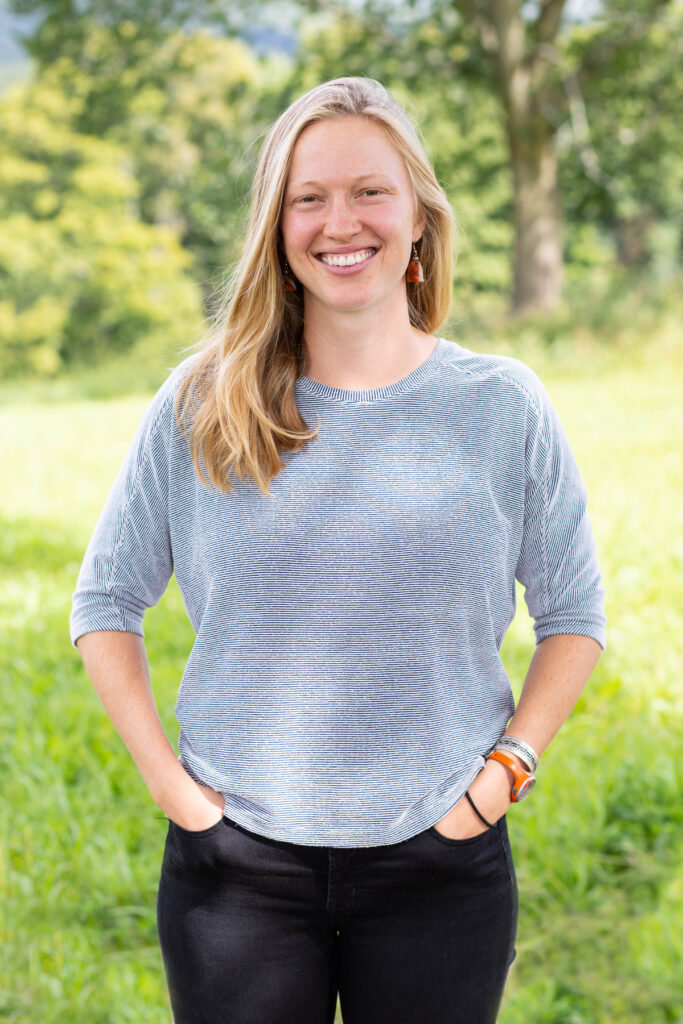What is the project?

I’m working with a group of Smith College engineering alumnae to design a rapidly manufacturable, simplified ventilator. This is a challenge that was started by a group of anesthesiology residents at Mass General Hospital who wanted to try to do something about the limited ventilator supply due to Covid-19. Susannah Howe PhD, professor of engineering at Smith, reached out to engineering alumnae to get a team together and is co-leading this team with my classmate Astrid Harradan ’15.
What is your role specifically?
My current role is leading the medical research team. We have connected with a group of physicians and specialists (including Putney alum Dr. C. Lee Cohen ’03) and are attempting to translate their medical expertise into our design. Right now I am on a controls team that is working on sensor selection. We are checking that each sensor in our design can produce data with enough resolution to be useful to healthcare providers.
Where are you in the design process and how long will this process take?
Our team is following an agile approach with short (5-day) sprints for this project. After our kick-off meeting on April 6, we launched into Sprint 1 where we researched medical information, studied ventilator mechanics, and generated initial design ideas. In Sprint 2, we pursued several design ideas in more depth and ultimately selected the final idea, a pneumatic ventilator. Going forward, in Sprint 3 we will more fully develop the individual sub-systems within our design, selecting components, writing code, testing controls and alarms, planning the user interface, etc. In Sprint 4, we will integrate the individual sub-systems, and then we will refine the whole system in Sprint 5 so we can submit a complete design package by the May 1 deadline. If selected for Round 2, we will move forward with prototyping.
How are you doing this work as a team?
We are doing most of our work asynchronously with some synchronous meetings on Zoom. Susannah and Astrid have built out an extraordinary documentation system in Google Drive so we can all stay up to date on tasks and avoid duplication.
Have you ever worked on anything like a ventilator before?
I have never been a part of a team designing anything like a ventilator. When I was working as a mechanical engineer I was working on energy storage projects.
What are some of the challenges you’ve encountered?
I am really over my head with the medical content. When we get one question answered, we seem to have ten more questions. It is especially hard to make decisions to simplify medical devices that we personally have never used. There are many reasons why existing ventilators are so complex and it is extraordinarily hard to try to make decisions to simplify them because it directly affects patient experience and outcome.
Have you learned anything new?
Ha. That is all I do. I have learned a lot about lungs – compliance, positive end expiratory pressure (PEEP), tidal volume, I could keep going… Now that we are deeper into the design I am learning (and relearning) about solenoid valves, how to set pressure and measure volume while accounting for system losses, and how to integrate controls and drive systems together into one design.
One of my favorite parts of this project is connecting back to professors, family members, and friends from Smith. Because of this project I have been connecting with my uncle who is a pulmonologist in Maine, reconnecting with Smith 2015 grads, and even convinced Putney students (future Smith class of 2024) to join in. I don’t know if this project will go anywhere, but I have learned a lot and really appreciate the camaraderie among Smith engineers across the country and world.

